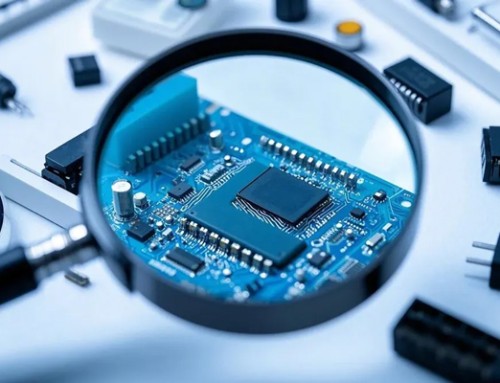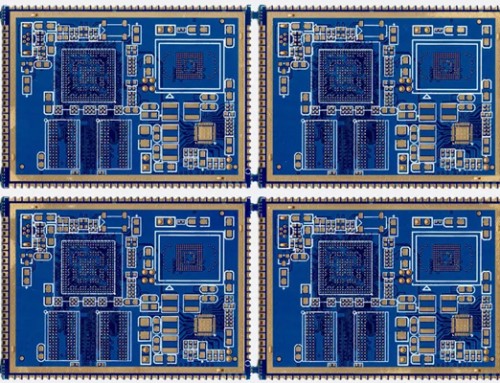Optocouplers, also known as optoisolators, are electronic devices that provide electrical insulation between the input and output circuits. They consist of a light-emitting diode (LED) and a photosensitive device, such as a phototransistor, photodiode, or photomOSFET. The LED converts electrical signals into light, which is then detected by the photosensitive device, converting the light back into electrical signals. This isolation ensures that high voltages on one side of the optocoupler do not affect the low-voltage side, providing protection against electrical noise, transients, and potential damage to sensitive components.
Performance characteristics of optocouplers
Isolation voltage: One of the most important specifications of an optocoupler is its isolation voltage, which indicates the maximum voltage that the device can withstand between the input and output without breaking down. This voltage is typically much higher than the working voltages of the input and output circuits, ensuring effective isolation.
Transmitter-receiver transfer function: The transfer function describes the relationship between the input current (ILED) and the output current (IOUT) or voltage (VOUT). It is important to consider this function when designing a circuit to ensure that the desired output is achieved for a given input.
Frequency response: Optocouplers have a limited bandwidth, which affects their ability to transfer high-frequency signals. The -3dB bandwidth is a common specification used to describe the frequency range over which the optocoupler can effectively transfer signals. For applications requiring fast switching or high-frequency signal transfer, optocouplers with higher bandwidths are necessary.
Current transfer ratio (CTR): The CTR is the ratio of the output current to the input current, expressed as a percentage. It is an important parameter when designing circuits that require a specific output current level. A higher CTR value indicates a more efficient optocoupler, as it requires less input current to achieve a desired output current.
Rise time and fall time: These parameters describe the time it takes for the output signal to transition from a low level to a high level (rise time) and from a high level to a low level (fall time). Faster rise and fall times are desirable for applications that require quick response times, such as high-speed data communication or switching circuits.
Input-output voltage drop: The input-output voltage drop is the voltage difference between the input and output sides of the optocoupler when no current is flowing through the device. This parameter is important when considering the power supply requirements and voltage levels of the circuit.
Tips for using optocouplers
Choose the right optocoupler: Select an optocoupler that meets the specific requirements of your application, including isolation voltage, bandwidth, CTR, and rise/fall times. Consider the environmental conditions, such as temperature and humidity, to ensure the device operates reliably.
Drive the LED with a current source: To ensure stable operation and predictable performance, drive the input LED with a constant current source rather than a voltage source. This helps maintain a consistent input current, which is essential for achieving a consistent output current.
Consider the output device: Depending on the application, choose an optocoupler with the appropriate output device (phototransistor, photodiode, or photomOSFET). Phototransistors provide high output currents and can directly drive loads, while photodiodes and photomOSFETs are better suited for low-current applications or when a voltage output is required.
Provide decoupling capacitors: To minimize the effects of electrical noise and transients, provide decoupling capacitors on both the input and output sides of the optocoupler. This helps maintain stable operation and prevents unwanted voltage spikes from affecting the device.
Consider temperature effects: The performance of optocouplers can be affected by temperature variations. Ensure that the device is operated within its specified temperature range, and consider using thermal management techniques, such as heat sinks or cooling fans, if necessary.
Test and validate: Before implementing an optocoupler in a circuit, thoroughly test and validate its performance to ensure it meets the application requirements. This may involve measuring parameters such as isolation voltage, bandwidth, CTR, and rise/fall times under various operating conditions.
In conclusion, optocouplers are versatile devices that provide effective electrical isolation and can be used in a wide range of applications. By understanding their performance characteristics and following best practices for their use, designers can ensure reliable and efficient operation of their circuits.



